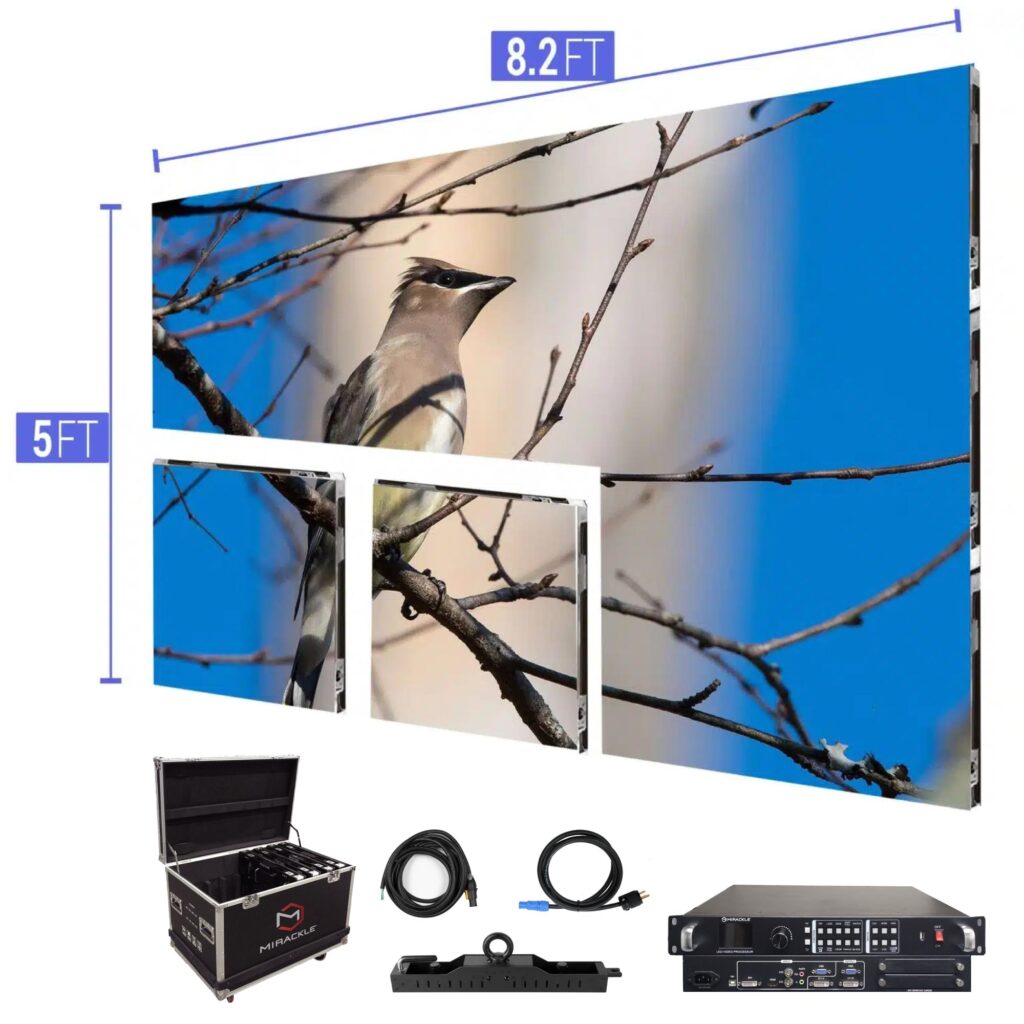Exploring How Definition Affects the Performance and Aesthetic Quality of Light Emitting Diode Walls in Modern Exhibition Technology
Exploring How Definition Affects the Performance and Aesthetic Quality of Light Emitting Diode Walls in Modern Exhibition Technology
Blog Article
Light Emitting Diode walls are growing more and more common in various environments, including concerts and sports competitions to business presentations and art exhibits. One of the key crucial factors that influence the functionality and image quality of these displays is resolution. Resolution denotes the number of pixels that compose the visual on the display. Higher image clarity indicates additional picture elements, which can lead to sharper and clear visuals. Grasping how image clarity affects LED walls can help operators make knowledgeable choices about their display needs.
When talking about resolution, it is essential to consider pixel spacing, which is the gap between the midpoint of one picture element to the midpoint of the following picture element. A reduced pixel pitch results in a higher resolution, allowing for additional clarity in the visuals shown. For instance, an LED screen with a picture pitch of 1.5mm will provide a clearer image than one with a pixel pitch of 3mm. This is especially crucial in settings where audiences are near to the screen, such as in a small venue or a trade event booth. In these cases, a greater image clarity can significantly enhance the viewing experience.
Another factor of image clarity is its effect on hue precision and brightness. LED walls with higher image clarity often have superior hue rendering, meaning that the colors displayed are more lively and realistic. This is crucial for uses like marketing, where the objective is to attract attention and convey a concept efficiently. Additionally, greater image clarity displays can maintain luminosity levels even when seen from various angles. This is important in large locations where viewers may be positioned at different ranges and angles from the screen.
The performance of LED screens is also influenced by resolution in terms of update frequencies and reaction durations. A greater resolution display can handle faster update frequencies, which is crucial for fast-moving material such as videos and motion graphics. This indicates that the images on the screen will appear smoother and more fluid, improving the total observing quality. In useful reference contrast, reduced image clarity screens may have difficulty with dynamic material, leading to blurriness or lag. Therefore, for events that rely on high-energy visuals, choosing a display with a suitable resolution is critical.
In summary, image clarity plays a crucial role in defining the functionality and image clarity of LED screens. Elements such as picture pitch, color precision, luminosity, update frequencies, and reaction durations all contribute to how efficiently a screen can communicate data and capture viewers. As technology continues to advance, grasping these factors will assist operators choose the appropriate LED wall for their specific requirements, guaranteeing that they achieve the best potential outcomes in their displays and occasions.